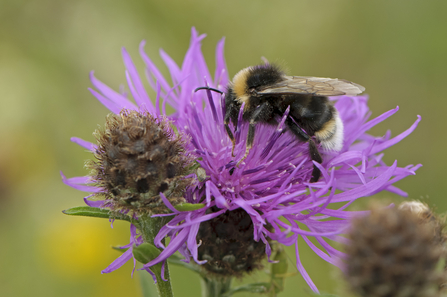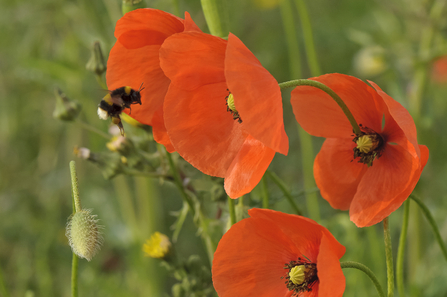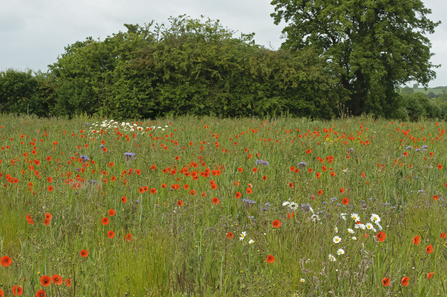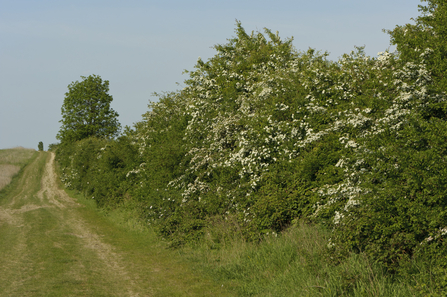Why should we care?
Quite simply, the world relies on the actions of insects and other invertebrates to maintain the functioning of our environment. Without their pollination services, we would not be able to grow many crops effectively. Without their decomposition services, soils would not be generated and nutrients not cycled effectively. If we were to lose insect predators, pest species could be uncontrollable. Humans generally, and farming as a business, rely on the actions of insects for existence.




